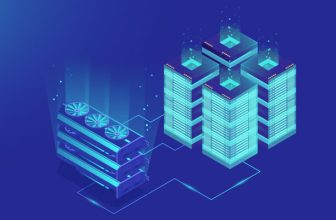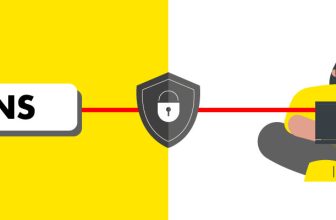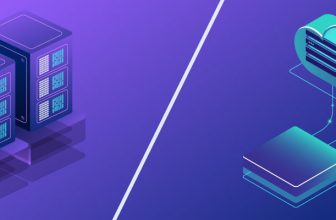The Cost of a Server for a Large Business

How Do Servers Help Large Businesses?
The IT setup of any large business or organization essentially has a huge number of enterprise servers performing various functions independently or while being interconnected. Their employees are spread across the globe and need to constantly connect and collaborate with each other. The server infrastructure of a big company should be such that it delivers high-performance as well as ensures data privacy and security across the server network. Depending on the size, scope, and nature of the business, the servers can be set up to serve particular functions like email hosting, application hosting, connectivity and collaboration, print servers, file sharing or storage, DNS servers, etc.
Server Types
An organization can choose their business servers to be dedicated physical servers, virtual servers or cloud servers.
- Dedicated Servers
are the physical servers that you purchase and keep on your office premises. - Virtual Private Servers (VPS)
are set up using virtualization technology which allows multiple servers on one physical server. - Cloud Servers
can be virtual or physical servers provided by a company; you can access and manage them over the internet.
Which Among the Three is the Best?
Dedicated servers provide custom security, high performance and reliability. Virtual servers come at lower costs and offer greater scalability. Cloud servers offer high reliability and superior performance. Any of these can work the best for a business if they match its requirements.
What is Their Average Cost?
The cost for a branded dedicated server with standard specifications can start from around INR 60,000 and increase up to lakhs varying with the changes in configuration. Similarly, the VPS or cloud server hosting can cost a few hundreds per month for the basic plans and can reach up to thousands as configurations go higher with the advanced plans.
Other Pricing Factors
Besides the purchase cost of a server or hosting rental plan, there are other factors that can add to the pricing of a server. You might have to spend on the initial set up and maintenance costs, especially for dedicated servers. The pricing may increase based on the configuration you choose. The higher the capacity or specification, the more the price. Additional costs may come up if you do not have the required technical skills and need managed services and support from the provider.
- Setting up your server
a physical server setup requires you to follow a thorough process. Most of the organizations get it done by the IT experts. - Hardware setup
You need to consider your requirements for choosing the hardware setup of your server. You can choose from the three form factors – rack, tower, or blade. Rackmount and blade servers are installed on the CPU chassis, giving them more upward scalability. Tower servers are like normal computers that are designed to function as servers. The other hardware resources will be based on the kind of server you need. - Software setup
This process is relatively easier. After the hardware is configured, you can install the required OS software and other applications by performing a few steps. Other devices like printers, data apps and specialized softwares can also be installed as per the business needs.No large business can have their everyday operations done without the use of servers. Servers form the foundation of their IT framework. Servers are essential for growth and expansion of businesses, and offer benefits like improved security and virus management, remote accessibility, high reliability, databases, storage, backups, etc., highly needed for running all kinds of businesses.







